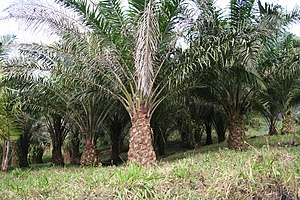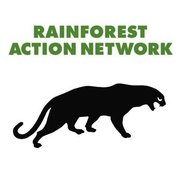Amazing footage: How the hagfish repels predators...

The hagfish - also known as the snot-eel - which can be found in New Zealand's deepest waters has proven to be one of the planet's ultimate survivors.
Graphic underwater footage from Massey University and Te Papa shows for the first time how the hagfish defends itself by emitting a choking, gill-clogging slime.
"Our video footage in New Zealand waters has proven that hagfish secrete slime at an incredibly fast speed when under attack by predators such as large sharks or bony fishes," Te Papa's Vincent Zintzen, lead scientist of the deep-sea animal diversity study, said.
In the video, various fish try to attack the hagfish off Three Kings and Great Barrier Islands as it feeds on bait attached to the camera.
But it releases a gooey mucus-like substance from its slime glands and up to 200 pores, causing predators to gag before retreating.
A paper published online in Scientific Reports describes the effectiveness of the "copious slime" in choking predators without apparently poisoning or killing them.
The study also discovered the hagfish was not only an ocean scavenger, but also a predator.
The footage reveals its bizarre method of burrowing into sand in pursuit of a red bandfish. It knots its tail for additional leverage as it grabs its hidden prey before unknotting and emerging from the sand.
Massey professor Marti Anderson, a marine biologist, who co-authored the study, said the video explains how the hagfish has endured successfully for around 300 million years.
Anatomically modern humans have been around for just 200,000 years by comparison, she said.
"We know so very little about the deep sea. Simply dropping cameras into the water at a range of depths in a systematic design not only gives us good quantitative data to model diversity and behaviour, it also has a high probability of finding something new."
"Using underwater video cameras, we can actually see fish in their own environment, which is far more informative than what can be learned from the often bedraggled specimens brought to the surface in research trawls."
Clive Roberts, co-author and curator of fishes at Te Papa, said the ecological role of the hagfish may be far more diverse than previously considered.
"Hagfish, which are quite abundant in the deep sea, were previously observed feeding on carcasses of dead whales, fishes and invertebrates. Our video footage now clearly shows that hagfish are also hunters able to prey on live fishes."
Since 2009, scientists have deployed cameras at depths ranging from 50 to 1500 metres around New Zealand. Over 1000 hours of footage has been collected off the Kermadec Islands, Three Kings Islands, Great Barrier Island, White Island and Kaikoura so far, with surveys to extend in 2012 to the sea off the Otago Peninsula and down as far as the Auckland Islands.
The research was funded by a Royal Society of New Zealand Marsden Fund Grant, a Te Papa Collection Development Grant as well as support by the Ministry of Science and Innovation via NIWA and the University of Western Australia.
Acknowledgements: - Stuff.co.nz
Ecospree
Planet Green
http://www.tripbase.com.br/content/EcoPlaces/index.html








 {0}
{0}










